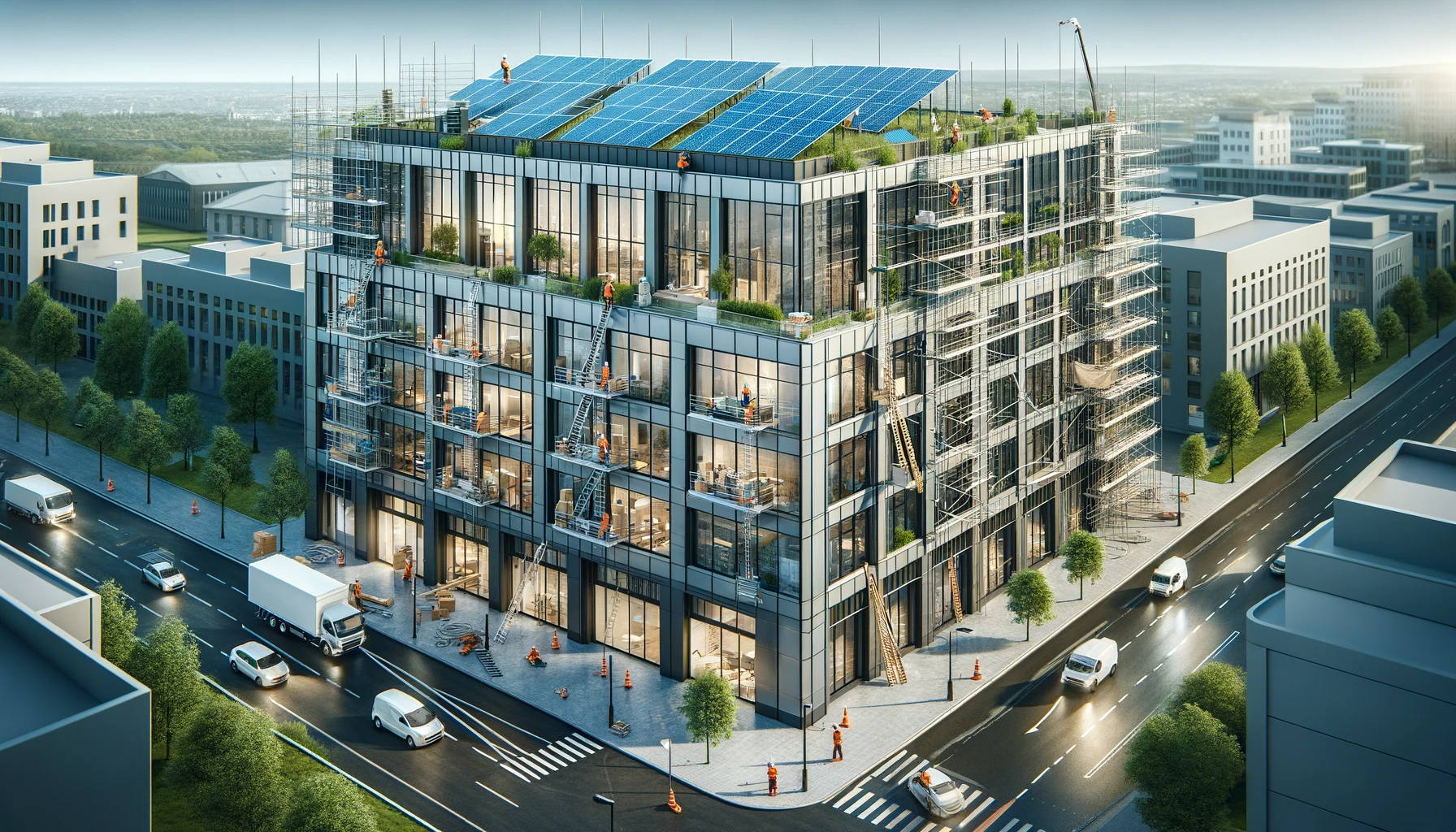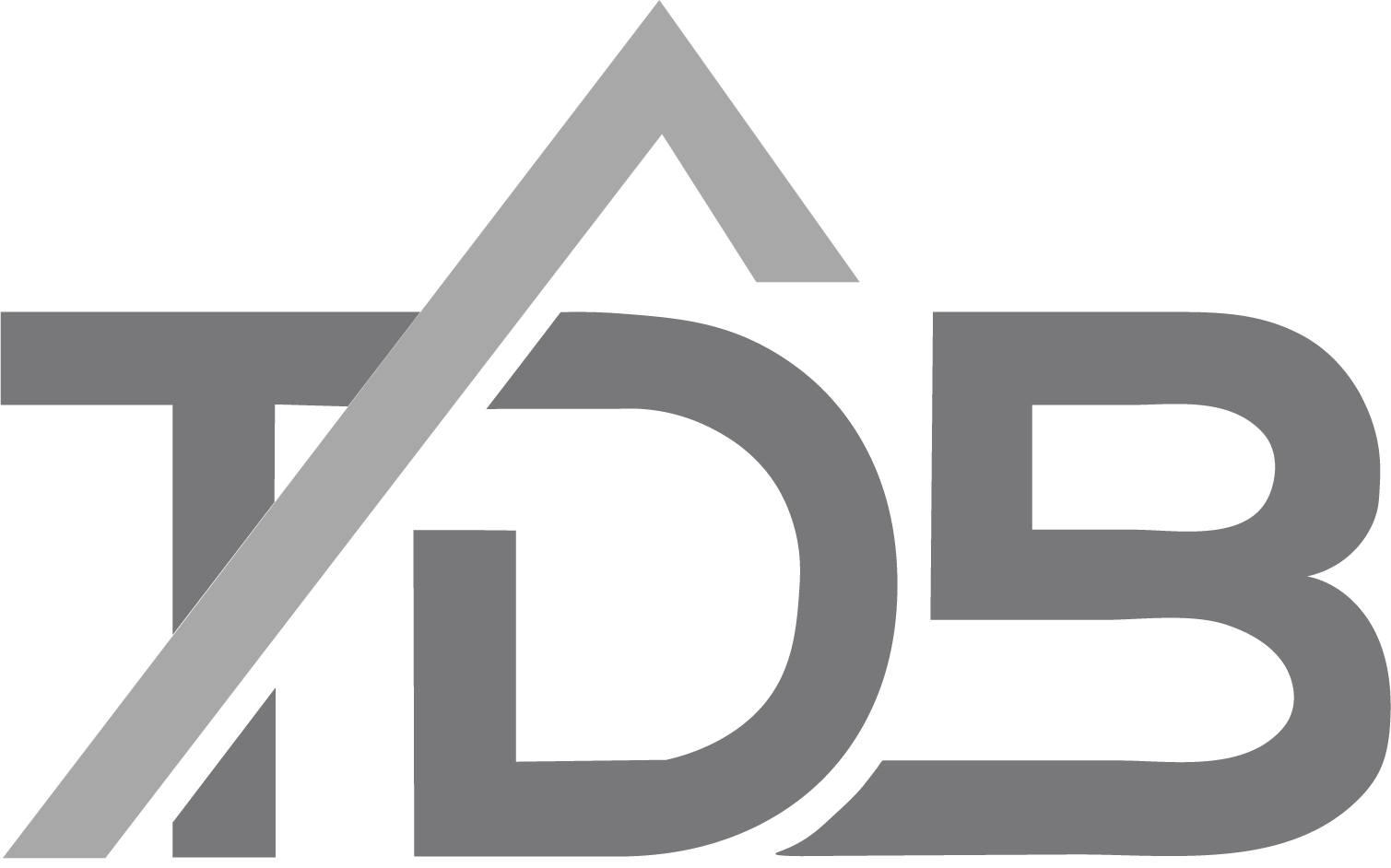Retrofit represents a transformative approach to enhancing existing buildings, intertwining the old with the new to foster improved functionality, safety, and sustainability. This process involves integrating modern technologies and features into established structures, a move that not only breathes new life into properties but also significantly elevates their value and efficiency. The importance of retrofitting transcends mere aesthetic upgrades, extending to critical aspects such as energy conservation, safety compliance, and environmental stewardship. As we embark on this journey through the fundamentals of retrofitting, we’ll uncover the myriad ways in which this practice can revolutionize property management and contribute to a more sustainable future.
Understanding Retrofitting
At its core, retrofit is about enhancing and optimizing existing buildings to meet contemporary standards and requirements. This can involve a range of modifications, from installing energy-efficient lighting and HVAC systems to reinforcing structural elements and updating safety features. Properties of all types and ages, from historic residences to commercial complexes, can benefit from retrofitting. This adaptability makes retrofitting a universally applicable strategy for property improvement, offering solutions that are as diverse as the buildings themselves. The goal is to strike a balance between preserving the character and integrity of the original structure while integrating modern innovations that boost performance and functionality.
Why Retrofitting is Important
Retrofit stands at the confluence of necessity and innovation, addressing the urgent need for energy conservation and safety while harnessing the latest technological advancements. The drive towards energy efficiency is more than an economic concern; it’s a crucial component of the global effort to mitigate climate change by reducing carbon emissions. Retrofitting aids in this endeavor by optimizing energy use within buildings, which are significant contributors to global energy consumption. Safety enhancements through retrofitting are equally vital, ensuring that buildings not only comply with current codes but also provide a secure environment for occupants. This dual focus on efficiency and safety underscores the critical role of retrofit in modern property management.
Key Benefits of Retrofit
Energy and Cost Savings
One of the most compelling arguments for retrofitting is the potential for significant energy and cost savings. By implementing energy-efficient solutions such as improved insulation, advanced HVAC systems, and LED lighting, buildings can achieve a marked reduction in energy consumption. This not only leads to lower utility bills but also extends the lifespan of building systems by reducing wear and tear, culminating in substantial financial benefits over time.
Safety and Compliance
Retrofitting elevates building safety to contemporary standards, addressing potential risks associated with outdated electrical systems, structural weaknesses, and inadequate fire protection. These updates ensure compliance with current building regulations, offering reassurance to property owners and occupants alike. The proactive approach to safety and compliance afforded by retrofitting can also mitigate legal and financial risks associated with non-compliance.
Sustainability and Environmental Impact
The environmental benefits of retrofit are profound. By decreasing energy demand, retrofit projects contribute directly to the reduction of greenhouse gas emissions, aligning with broader environmental goals. This commitment to sustainability is not only beneficial for the planet but can also enhance the reputation and social responsibility profile of property owners and businesses.
Aesthetic and Functional Upgrades
Beyond the practical advantages, retrofitting provides an opportunity to refresh and modernize the aesthetic appeal of a building. This can involve redesigning spaces to be more functional and user-friendly, updating interior finishes, and improving the overall architectural appeal. Such enhancements can significantly boost the attractiveness and marketability of a property.
Getting Started with Your Retrofit Project
Initiating a retrofitting project begins with a comprehensive assessment of the existing property to identify key areas for improvement. Collaborating with skilled professionals, such as architects, engineers, and sustainability experts, is essential to devise a strategic plan that aligns with your goals and budget. This stage involves evaluating the cost implications and potential return on investment, enabling property owners to prioritize retrofitting measures that offer the most significant benefits.
Conclusion and Next Steps
Retrofitting is more than a property upgrade; it’s a strategic investment in the future of our buildings and our planet. By embracing retrofitting, property owners can achieve a harmonious balance between historical preservation and modern innovation, leading to safer, more efficient, and aesthetically pleasing spaces. As we continue to confront the challenges of energy consumption and environmental sustainability, retrofitting emerges as a pivotal tool in our collective effort to build a more resilient and sustainable world. Whether you’re a property owner, investor, or occupant, considering retrofitting is a step towards a brighter, more sustainable future.
For those ready to take the next step in retrofitting their property, partnering with experienced professionals who understand the intricacies of such projects is crucial. Ted Design Build is renowned for its expertise in transforming existing structures into modern, efficient, and safe spaces. Contact Ted Design Build to explore how their services can align with your retrofitting needs, ensuring a seamless and successful enhancement of your property.








